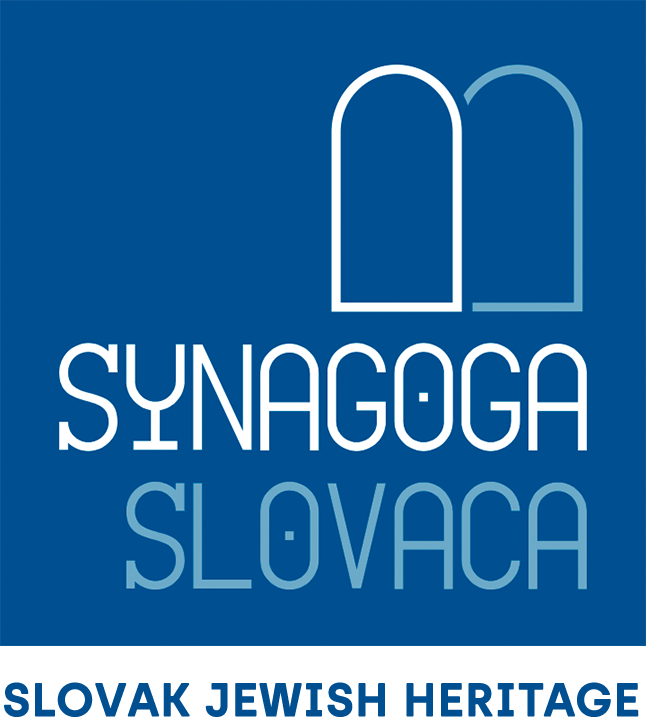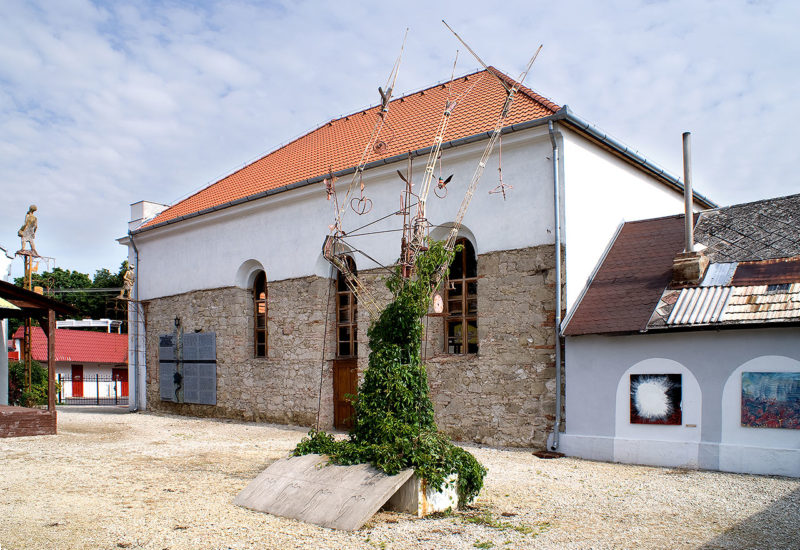Šahy, Synagogue
This synagogue, which served the Status Quo Ante community, was built in 1852 on a small square in the town center. Its flat, white-plastered west façade has three entrance gateways and a Hebrew Psalm inscribed high above, at the roofline. Long neglected, the building was used as a storage space for decades, and all of the original furnishings and interior decoration were lost. In the 1990s, the building was acquired by a Šahy-born psychologist, Dr. Péter Hunčík, and fully restored as a contemporary arts center run by a local foundation. Just a short walk from the town’s main square, the synagogue today is an attractive venue for concerts, exhibitions and other cultural events and a lively hub for a variety of civic activities. A Holocaust memorial was mounted on the synagogue wall. The Orthodox synagogue, built in 1929, stands nearby.
Šahy is located in the former Hont County, which for centuries was a mining region closed to Jewish settlement. The development of a Jewish community here began after 1840. The Jewish community grew quickly, and during the decades before the Holocaust Jews formed about 15 percent of the total population. Jews owned most local small businesses, including the Neumann printing house, the oldest in the town. After the schism in Hungarian Jewry, the community opted for the Status Quo Ante stream. The Orthodox formed a separate community in 1876. Šahy had nearly 850 Jews in 1930; today there are only a few people in town with some sort of Jewish background. A big memorial plaque on the town’s history museum lists the names of more than 900 local Holocaust victims. There are two Jewish cemeteries and two former synagogues in the town.
Address
Béla Bártók Square 12
Šahy
Coordinates
48°04’16.9″N
18°56’53.9″E

